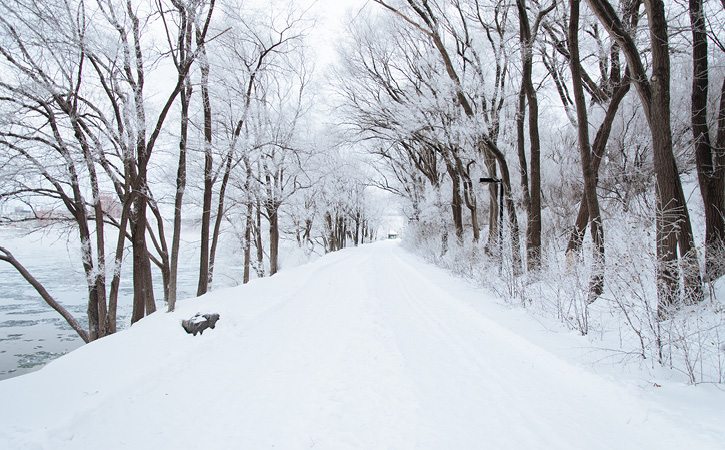
How to Drive on Icy Roads
As we near the end of September and Fall weather starts to sneak back into our lives, there’s one thing on everyone’s minds: snow. When it snows in Albuquerque, it doesn’t seem to stick around very long, but the icy roads tend to linger for days, sometimes weeks!
Preferably, it’s best to avoid driving on icy roads, but sometimes responsibilities such as work or school prevent us from staying indoors. In this case, it’s important to keep you and the other drivers around you safe by knowing how to drive on icy streets.
We’ve all seen those overconfident drivers, whether it’s in the snow, rain, fog or other hazardous weather, there’s always someone who thinks they can drive normally without consequence. Don’t let these drivers influence you and how you drive! If someone speeds past you, know that they’re putting themselves and those around them at risk.
Slow down!
It may seem like common sense, but sometimes the most obvious of details tend to slip our minds. It is always better to decrease your speed, as frequent/abrupt braking on ice should be avoided. Because traction is lost on ice, your car’s inertia makes it difficult to come to a full stop. Tapping on the brakes causes your wheels to slide, and may result in fishtailing. Avoid collisions and keep an 8-10 second distance between you and the car in front of you.
No Cruise Control
Since your speed will be fluctuating during icy conditions, it’s best not to use your cruise control during this time. The best option for you to avoid an accident is to have control over your speed in case you need to release the gas and respond to any situation that may arise.
Remain Calm
It will be hard to keep cool if you unexpectedly encounter a patch of black ice and begin to slide. However, it’s crucial that you try your best, as overcorrecting can make matters worse. If you find your car is fishtailing, take a deep breath. Take note of which direction the rear of your car is turning, and gently turn your wheel in the opposite direction.
Keep Your Movements Slow
A quick way to get your car to fishtail is to make an abrupt choice in movement. Avoid stepping on your brakes suddenly or turning your wheel too quickly. Anticipate your next movement and give yourself time to carry out the turn, lane change, or stop. When you accelerate or decelerate, do these very slowly as well. Keep your heel on the ground and press the gas pedal lightly.
Be Weary of Overpasses, Bridges & Ramps
These areas commonly develop ice since their exposure to the air allows any standing water to freeze quickly. If you have to drive on one of these structures, be cautious and try to keep an eye out for ice. Often times, the ice that develops may be black ice and you may not spot it in time. It always helps to be prepared for anything.
Avoid Hills
Hills during regular weather can be tricky, and during the winter they’re absolutely dangerous. If you are going downhill, you are sure to pick up speed, and braking on ice will take a great deal of time to accomplish. You may find you might not be able to stop in time, and wind up in the middle of traffic! If you’re going uphill, the weight of your car paired with the zero traction that ice provides, you may find yourself rolling backwards into the car behind you. Avoid both of these situations if you can, and take an alternate route.
Even if you do take the appropriate actions necessary, sometimes an accident is unavoidable due to other surrounding circumstances. If you do experience a collision, trust the experts at CarCrafters for the repair, and get back on the road in no time. (Preferably when the ice has melted!)


